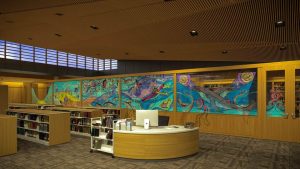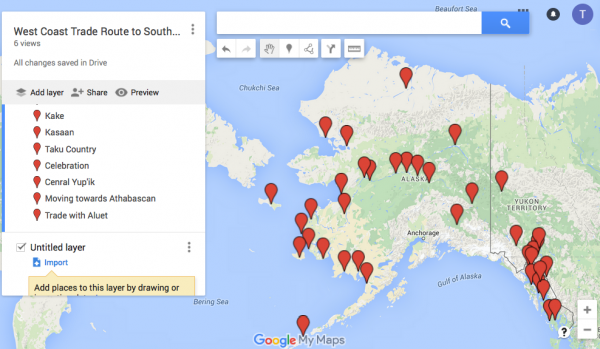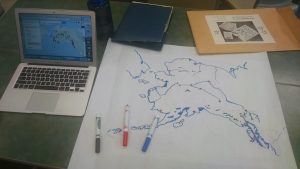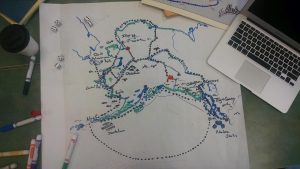I’ve always felt like the most thorough learning comes from self-guided projects. The topics I remember best from high school and college were the ones I independently researched and wrote about. So for me, the biggest takeaway from this course is that the teacher doesn’t necessarily need to feel like an expert on the topic she or he is teaching. It’d be unrealistic, really, to expect a teacher to be an expert on so many things. Students are capable of conducting research on their own and unearthing a deep understanding of a topic through that process.
That said, I agree with some of the other students in this class that certain guidelines are needed in project-based learning, and that work should be checked throughout the process. The last Friday of this course was an incredibly stressful day for me. We came into class feeling as though our work was done, only for us to have to essentially rewrite our entire chapter by the end of the day. I’m glad we did this; frankly, I would have been embarrassed to publish our chapter before our content edits were made. But I feel that this was something that should have been monitored throughout the project, rather than added on as a last-day, anxiety-triggering afterthought.
The point is that I see the value in project-based learning -and I will certainly use it in my classroom- but I feel that whenever students are doing self-directed learning their work should be checked regularly. Allowing students to conduct research without an expert guide can be dangerous; there is a lot of information out there, and a lot of it shouldn’t be used, but students aren’t always able to see their mistakes. All of this is especially true in group learning, when students become responsible for not only their own work, but their classmates’ as well.




